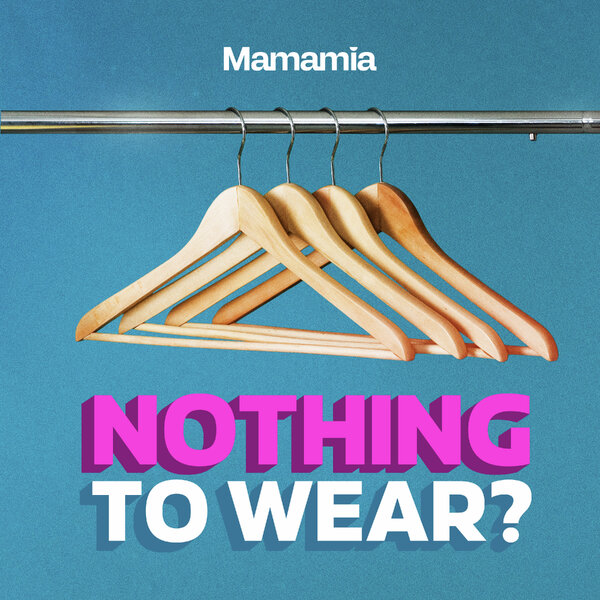By SOPHIE FORD
Typhoon Hagupit has swept through The Philippines, but it will take some time to get a full picture of the damage it has wrought.
Whilst the successful evacuation of hundreds of thousands meant far fewer casualties than that of Typhoon Haiyan, the fact is that many people have lost their homes and face an uncertain length of time in evacuation centres and temporary shelters. This situation presents a myriad of challenges to communities, most especially to women and girls.
A mother and child sit in the aftermath of Typhoon Hagupit. Image via Getty.
Humanitarian crises – whether caused by natural disaster or armed conflict – always hurt women and girls the most. Women and girls are often the most vulnerable before a disaster and this vulnerability increases in time of emergency.
It’s a sad fact that in times of upheaval, gender based violence increases. For when there is prolonged displacement because of damage to homes, there is a heightened risk of violence against women due to the social instability that follows a disaster.
Maternal health and family planning services often become unavailable after an emergency, putting pregnant, breastfeeding women, and women of reproductive age, in a precarious situation.
It is critical that agencies responding to emergencies are aware of these issues and plan accordingly, not only to ensure their responses meet the specific needs of women and girls but also to protect from additional harm.
This was brought home to me when I was part of the Oxfam response to Typhoon Haiyan in Eastern Samar last year. The typhoon left more than 6,000 dead and 4,000,000 displaced in its wake when it hit on 8 November.





























































































